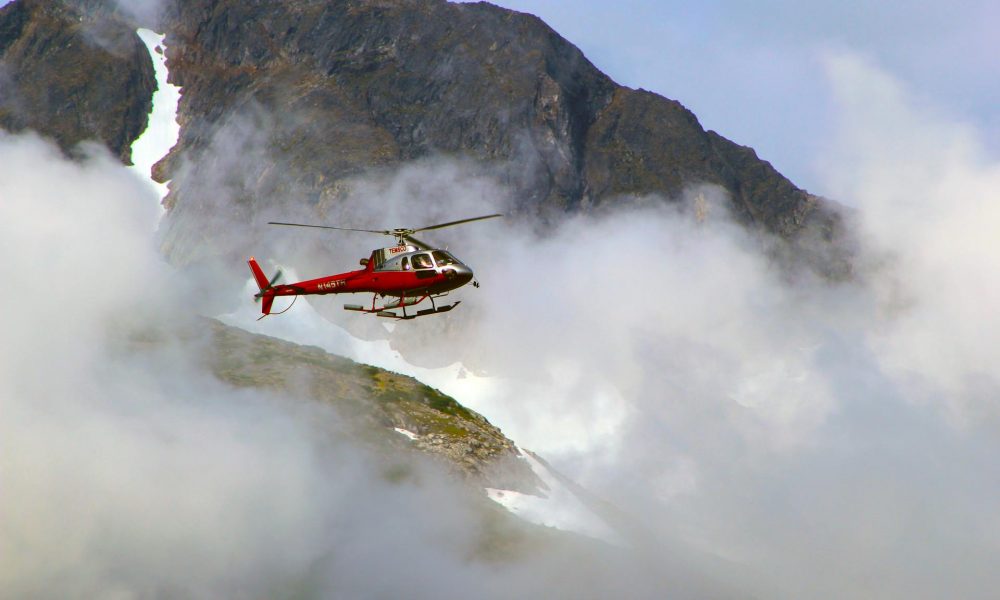
How Far Can a Helicopter Travel Without Refueling?

Helicopters are a marvel of aviation technology, known for their ability to hover, take off, and land vertically. Have you ever asked wondered how far a helicopter can travel without refueling?” This article explores the typical ranges of various helicopter models, from those powered by piston engines to those equipped with more robust turbine engines.
How Far Can a Helicopter Travel?
The distance a helicopter can travel without refueling varies significantly based on its design and capabilities. For instance, piston-engine helicopters typically have ranges of 200 to 350 miles, while turbine-engine helicopters can achieve 300 to 450 miles on a full tank. Here are some specific models and their average ranges:
- Bell UH-1 Iroquois: 300-315 miles
- Mil Mi-8: 280-310 miles
- Boeing CH-47 Chinook: 400-450 miles
- Airbus H125: 340-345 miles
- Sikorsky UH-60 Blackhawk: 360-370 miles
- Robinson R44: 350-400 miles
These figures represent average distances that can be affected by previously discussed factors, such as payload and weather conditions.
Factors Influencing Helicopter Flight Distance
Several elements play critical roles in determining how far a helicopter can travel. Here are some common factors:
- Fuel Capacity: The more fuel a helicopter can carry, the longer it can stay airborne. This capacity is a fundamental factor in extending the aircraft’s range.
- Payload Weight: The weight of the cargo or passengers also impacts how far a helicopter can fly. A heavier load decreases the range, as the helicopter requires more fuel to maintain flight.
- Weather Conditions: Weather plays a significant role as well. Adverse conditions such as strong winds or rain can increase fuel consumption by affecting the helicopter’s aerodynamics.
- Altitude and Air Density: Higher altitudes affect air density and, subsequently, the helicopter’s lift and fuel efficiency. Thus, flying at optimal altitudes is crucial for maximizing range.
- Flight Speed: Speed also affects range. Generally, faster flight speeds increase fuel consumption, reducing the distance a helicopter can cover before needing to refuel.
Effective Applications of Extended Helicopter Ranges
Helicopters serve diverse roles, from executing search and rescue missions to providing emergency medical services and conducting military operations.
- Search and Rescue: Helicopters are invaluable in search and rescue because they can access difficult terrains and perform quick evacuations. Their range is crucial, particularly in extensive search zones.
- Emergency Medical Services: For medical emergencies, helicopters are often the fastest way to transport patients to hospitals, especially from rural or hard-to-reach areas.
- Military Missions: Military operations rely heavily on helicopters for transporting troops, conducting surveillance, and executing combat missions. The range directly affects the operational capabilities of military helicopters.
- Commercial Transportation: Beyond emergencies and military use, helicopters are used commercially to transport passengers over congested urban areas or remote locations. Their range determines how far they can travel for business or leisure activities without needing a refuel.

Somchai Kongkamsri | Pexels | Military operations rely heavily on helicopters to transport troops, conduct surveillance, and execute combat missions.
Advancements in technology continue to enhance the operational ranges of helicopters. Innovations in fuel efficiency, engine performance, and aerodynamic design are pushing the boundaries of how far helicopters can fly. As these advancements evolve, the operational scope of helicopters expands, offering more flexibility and efficiency in various sectors, from healthcare and rescue operations to military and commercial transportation.
More in LifeStyle
-
`
Everything You Need to Know About A Credit Memo
What is a credit memo? This question often pops up in business circles, especially among small business owners or finance professionals....
April 25, 2024 -
`
Exploring Jeff Bezos’ IQ: Strategies for Success and an Intellect That Sets Him Apart
Jeff Bezos, the iconic American entrepreneur, investor, and founder of Amazon, is renowned not only for his business acumen but also...
April 14, 2024 -
`
How Safe is New York to Travel Now? Some Tips For Safety in NYC
Is it safe to travel to New York right now? This question seems to be on everyone’s lips these days. With...
April 12, 2024 -
`
Top 5 QuickBooks Alternatives to Try in 2024
More than ever before, finding the right tool that fits perfectly with your business needs can be a challenge today. Although...
April 5, 2024 -
`
How Long Are Passports Good for? A Detailed Guide
Ever found yourself rummaging through drawers, trying to locate your passport the night before an international flight? In that moment of...
March 28, 2024 -
`
Annette O’Toole and Michael McKean’s Timeless Hollywood Marriage
The love story between Annette O’Toole and Michael McKean is a beacon of enduring partnership – especially when it comes to...
March 23, 2024 -
`
Shifting Gears: Successfully Transitioning Your Client Base Across Industries
Ever feel that entrepreneurial itch to push your boundaries and explore new horizons? Perhaps you started with a laser focus on...
March 16, 2024 -
`
Music Icon Dolly Parton Reveals Secrets to Her $440 Million Fortune
Beloved country music legend Dolly Parton has long been an enigma wrapped in a rhinestone-studded enigma. At almost 80 years of age,...
March 9, 2024 -
`
Scaling Up Your Small Business: A Tightrope Walk With a Winning Plan
Building a thriving small business is like nurturing a seedling. You pour your heart and soul into its growth, watching it...
February 27, 2024
















You must be logged in to post a comment Login